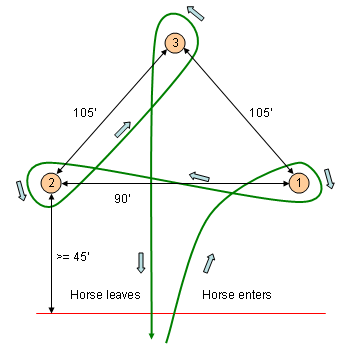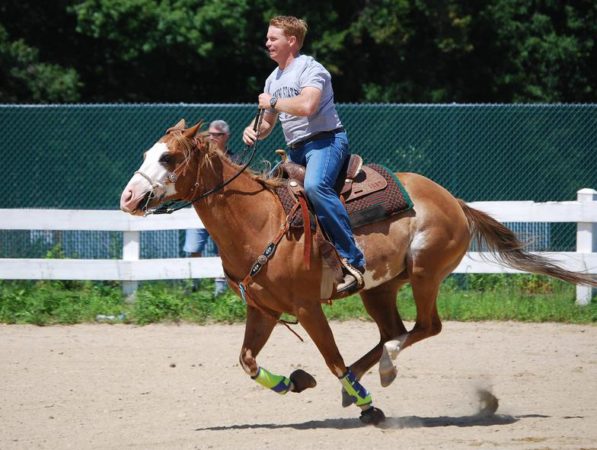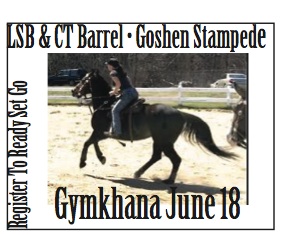Barrel Race Run: Ready, Set, Go – Ride For Goshen Stampede Gymkhana
Speed and agility count in barrel racing. Being fit and in tune with your horse is essential.
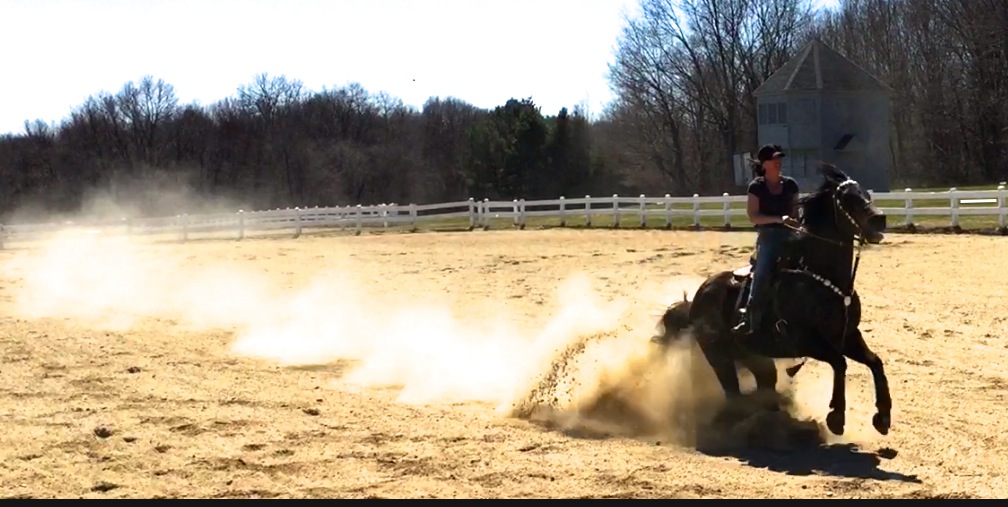
Near flawless run and beautiful finish.
As Lesley Turiano runs barrels on Sadie, her 13-year-old Quarter horse mare, it's appropriate that “That Girl Is a Cowboy” by Garth Brooks can be heard overhead during a recent open practice barrel racing at the Bethany Airport.
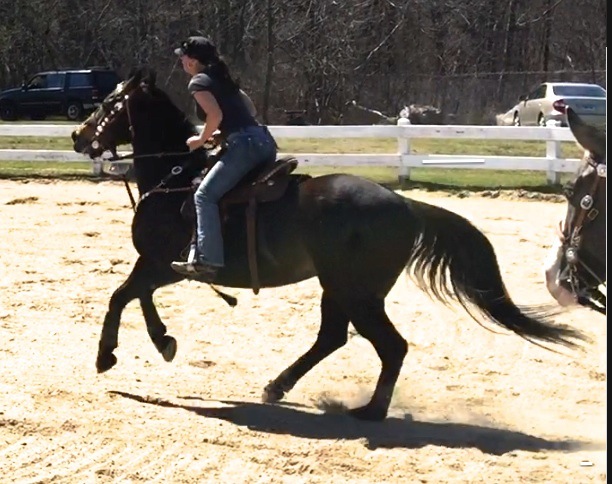
Lesley Turiano on Sadie, her 13-year-old Quarter horse mare at Bethany Airport.
Turiano just started barrel racing a year ago. She said she is “always learning, and is not a professional rider” – but her performance that day was near flawless. Her mother, Ellen, said Lesley's been around horses since she's been a year old and in the saddle under supervision, but riding on her own since age 7.
“I love to ride, and this is fun competition,” she said. That her friends are there with their horses is an added bonus. “It's best for both horse and rider to be in great shape,” she said. Conditioning takes discipline. She keeps Sadie at her parent's barn in Bethany, where there's plenty of pasture for the family's four horses and room to ride.
This June will be her first time competing at the Goshen Stampede Amateur Gymkhana Games – Connecticut Barrel Horse in association with Lock Stock and Barrel – event on Saturday, June 18, 10 a.m. to 2 p.m.
(Gymkhana includes barrels, dash, pole bending, and a “bleeding heart” – so-called because the course pattern is in the shape of a heart). 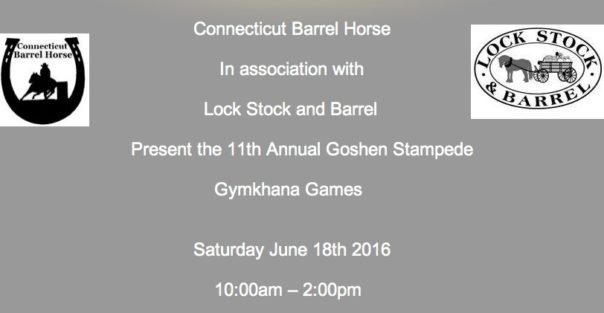
“So far (April) there are more than 70-plus participants,” said Dave Catlin, president of Connecticut Barrel Horse (CBH), who said it's his second year at the stampede, but he's been organizing events for CBH for more than 8 years. “We have a complete schedule of events at Bethany Airport, year-round.”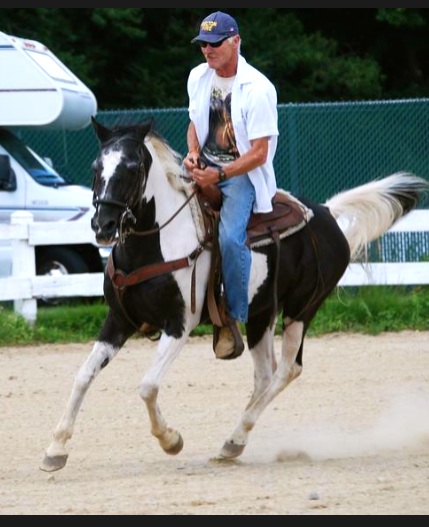
Connecticut Barrel Horse is family/friends-owned and operated from Oxford. “Since our club opened its doors in 2010, we’ve treated every rider like they were a part of our family.”
Now, for anyone who is not familiar with barrel racing, here's a quick rundown of what it's all about (from Wikipedia): “A horse and rider attempt to complete a cloverleaf pattern around pre-set barrels in the fastest time.
“Today barrel racing is a part of most rodeos and is also included in gymkhana or O-Mok-See events, which are a mostly amateur competition open to riders of all ages and abilities. There are also open barrel racing jackpots (open to all contestants no matter their age or gender). Barrel racing is usually one of the main three challenges in which age group riders compete against each other, the other two being keyhole and pole-bending.
In barrel racing the purpose is to make a run as fast as possible.”
The Goshen Stampede is a major draw for the region for all sorts of reasons – fun, sights and sounds, pure country.
But many don't know that it is a 501 (c) 3 corporation that grants “support to local and regional charitable organizations as well as funding national organizations that support the men, women, and families of the U.S. Armed Services, both veterans and active duty that have personally sacrificed to help maintain our countries way of life. This support is given with a financial contribution raised through the annual event and or by allowing these organizations to fund themselves by either joined forces with Goshen Stampede, Inc., at the event or participating in the Goshen Stampede, Charity Event. Connecticut’s 180,000 veterans and active duty are always invited to attend for FREE.”
(As a veteran, that's a good thing to know and tell others about.)
The Goshen Stampede, June 17 through June 19, will unfold at the Goshen fairgrounds and includes a PRCA rodeo, bull riding, country music stars and bands; tri-state truck pulls, demolition derbies, a kids' rodeo, redneck games – more to do and see than you can shake a stick at.
The Lock, Stock, and Barrel Race is a three-day competition for PRCA and WPRA members competing in the Rodeo Performances on Saturday and Sunday. Here's the link for more information.
It is highly recommended that all riders pre-register online. Pre-registration opens June 13 and closes June 17, 8 p.m.

